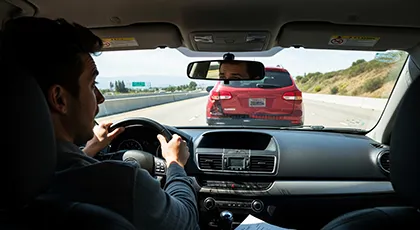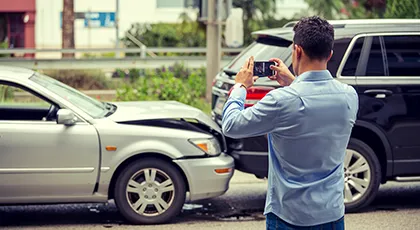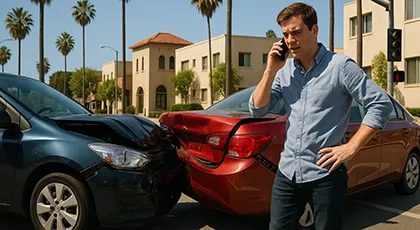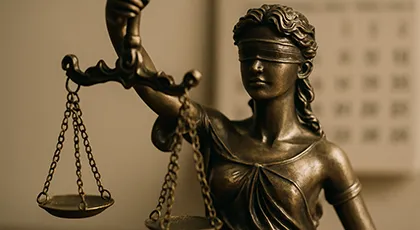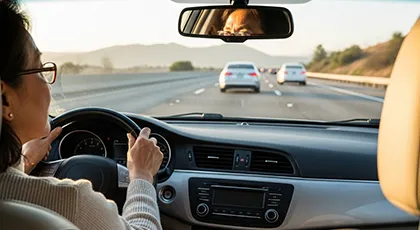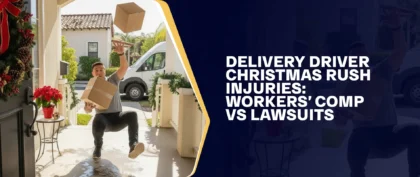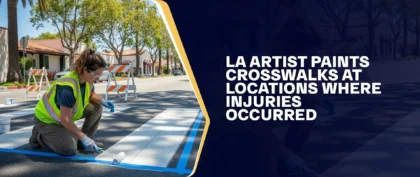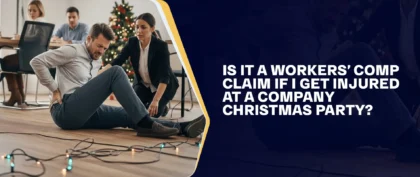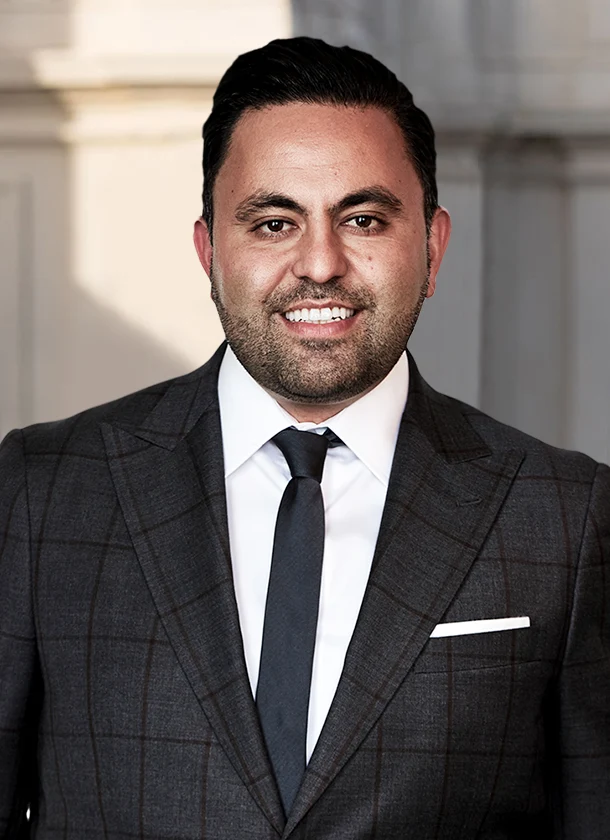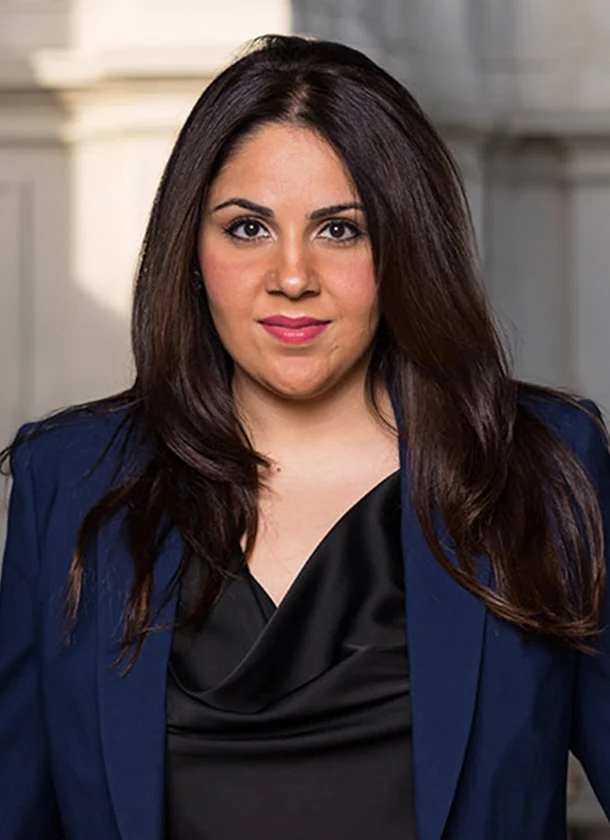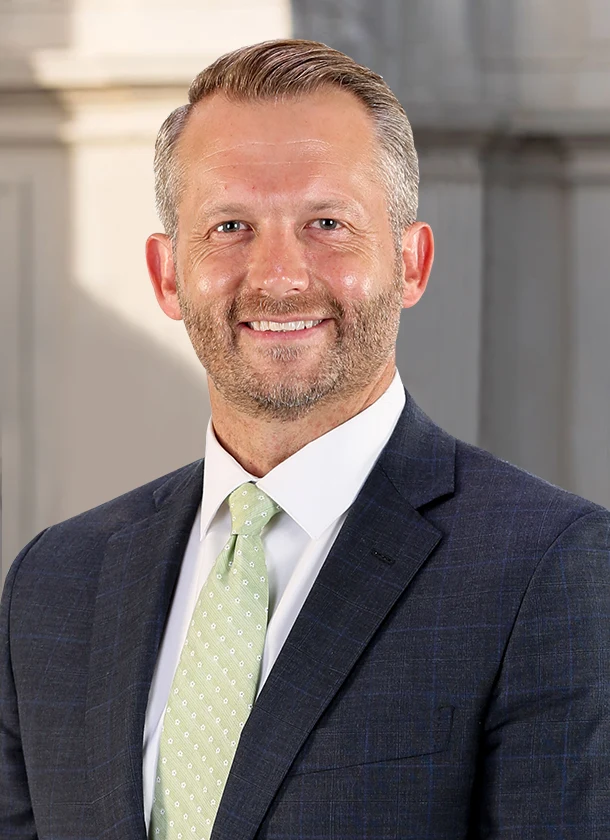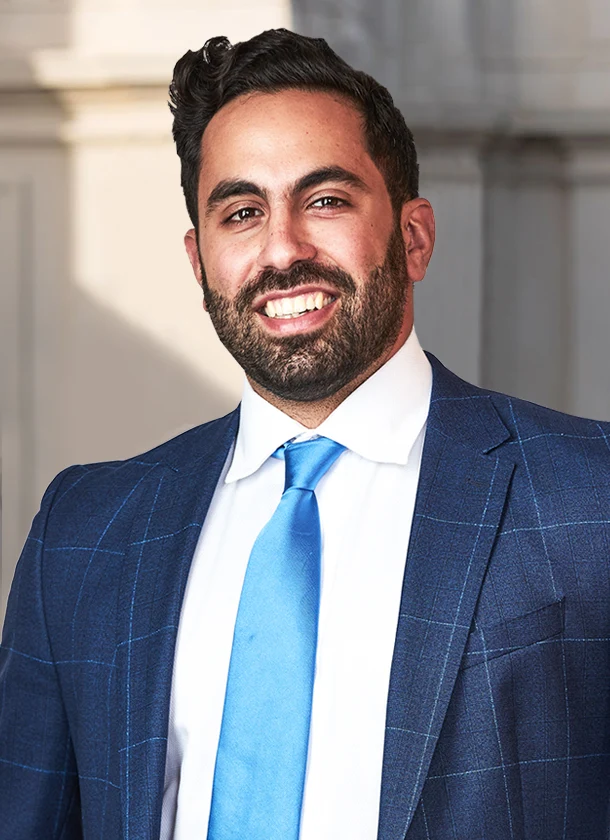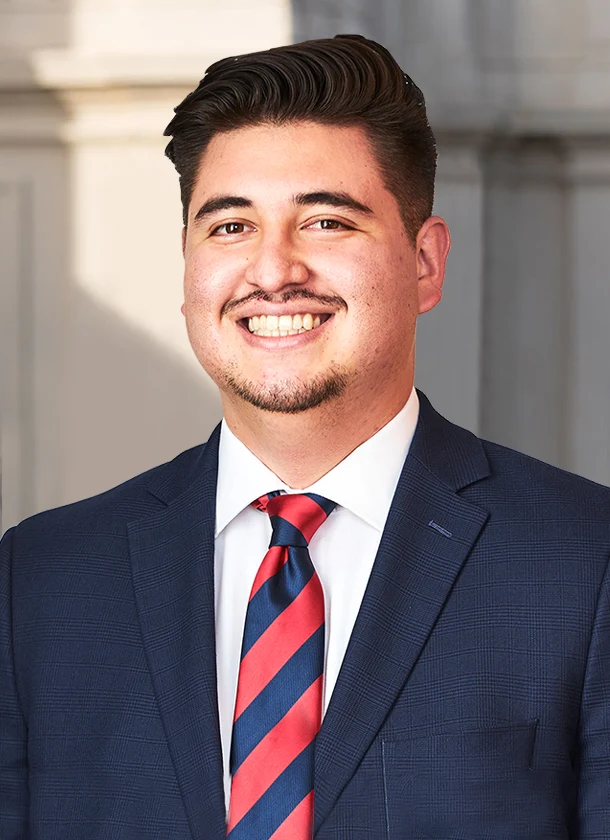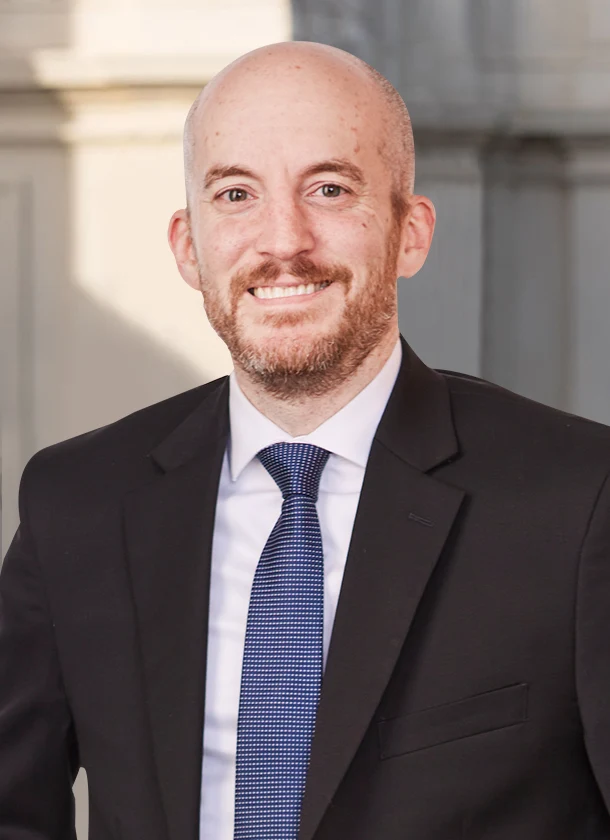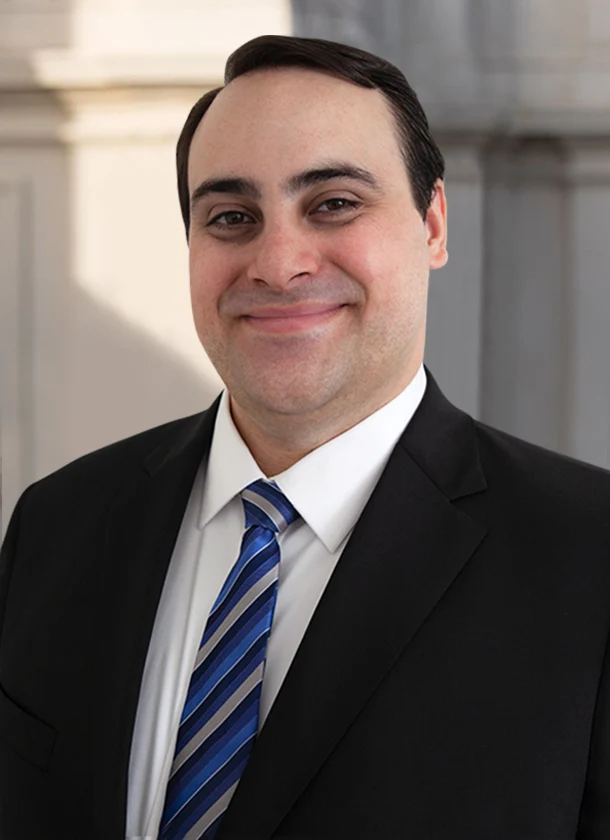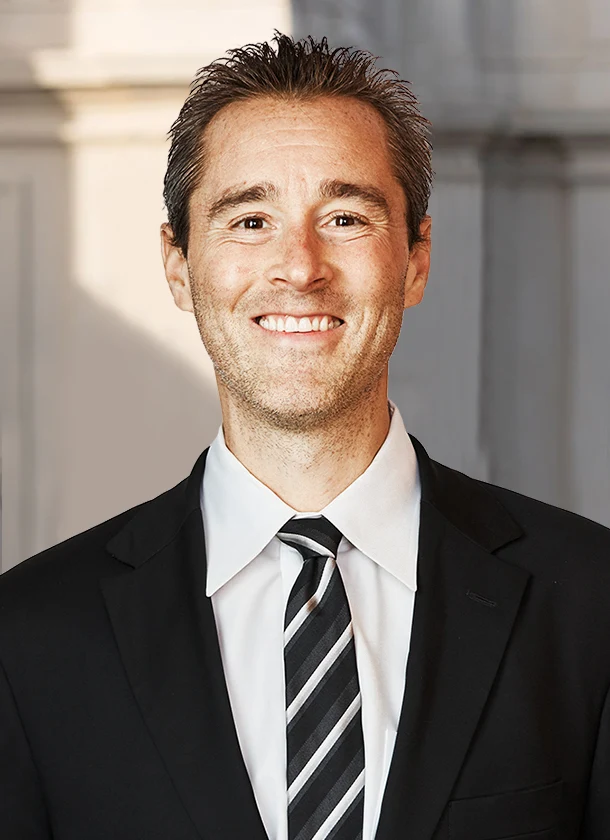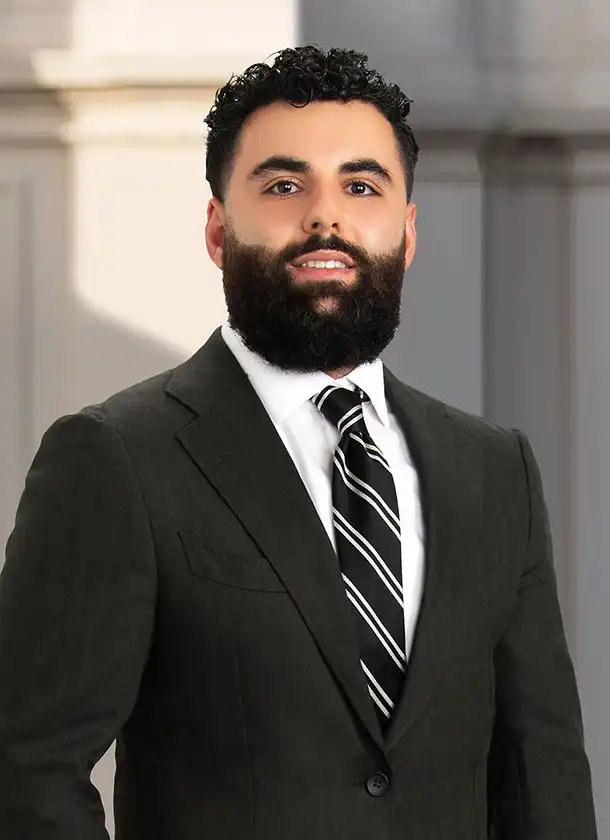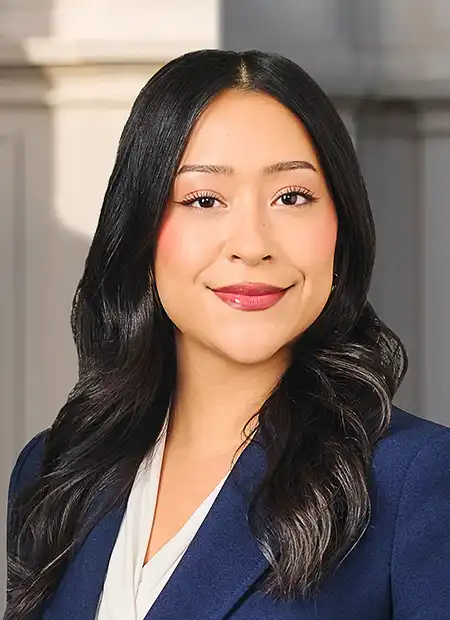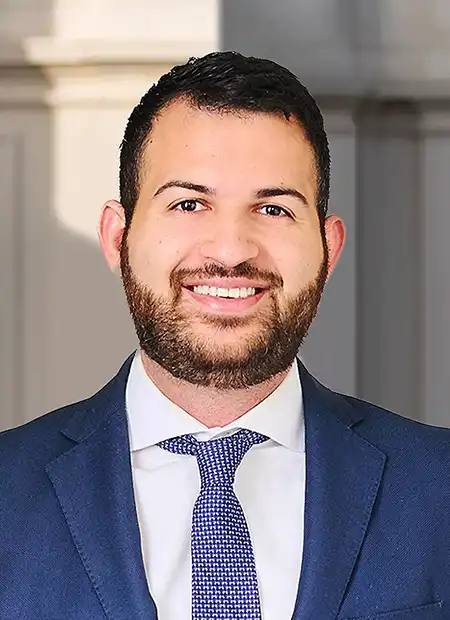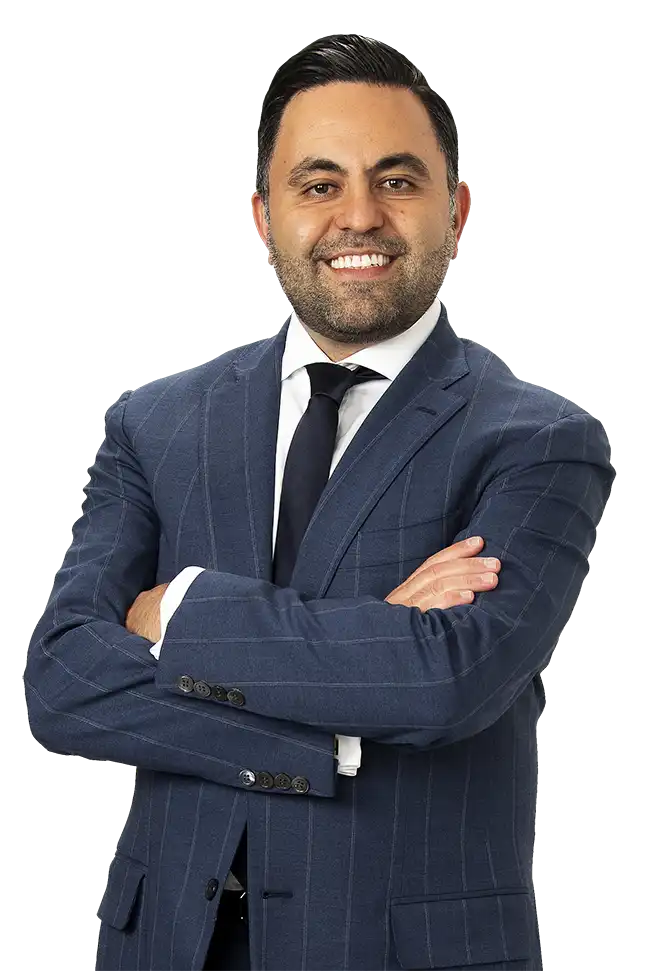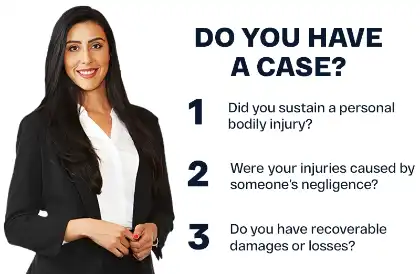TL;DR: If you rear-end someone who suddenly stops, you’re not automatically at fault. California law considers both drivers’ actions, and the front driver may share liability if they brake-check, stop without cause, or have faulty brake lights.
Table of Contents
Rear-end crashes are not always the rear driver’s fault. In California, both drivers’ actions are reviewed to determine liability. If the front driver stopped without a valid reason, brake-checked your vehicle, or had broken brake lights, they could share responsibility. This matters because California follows a pure comparative fault system, meaning your compensation is reduced only by your percentage of fault.
Drivers in these situations may face insurance pushback, so evidence, like dashcam footage, witness statements, or police reports, is crucial. If you believe the other driver’s unsafe actions contributed to the crash, you can still pursue damages for medical bills, lost income, and pain and suffering.
If you’ve been in a rear-end accident where the front driver may share blame, experienced Los Angeles rear-end collision lawyers can assess your case, advocate for your rights, and guide you through the claims process. Call Arash Law at (888) 488-1391 for a free case review.
Notable points to remember:
- Rear-end crashes aren’t always the rear driver’s fault.
- California uses pure comparative fault to assign liability.
- Unsafe front driver actions may include sudden stops or brake-checking.
- Broken brake lights can shift the fault to the front driver.
- Evidence, like dashcam footage, can help support your case.
Understanding The General Rule Of Rear-End Accident Cases
Under the California Vehicle Code, “drivers shall not follow another vehicle more closely than is reasonable and prudent.” This is the basic rule used to decide fault in most rear-end crashes. In fact, many people search for “rear-end collision California law” to understand who is responsible for these crashes.
The National Safety Council reports that there were 44,762 motor vehicle crash deaths in the U.S., and 17% of these were from rear-end crashes. This statistic highlights the significant percentage of crashes that are rear-end collisions and why evaluating fault is so important. Since the rear car typically hits the one in front, some police and insurers often assume the rear driver was too close or not paying attention.
Rear drivers often take the blame when they:
- Drive too fast for conditions.
- Fail to brake in time.
- Follow too closely.
- Drive while distracted.
- Ignore traffic signals.
- Drive under the influence.
However, the rear-end driver is not always at fault. State and federal laws also consider the actions of the front driver. If they suddenly brake without cause, don’t signal, or have broken brake lights, they may share responsibility. In other instances, a rear-end driver may experience brake failure, which can possibly cause a collision. Traffic accident lawyers can look into this possibility when handling a case.
When Is The Front Driver At Fault In A Rear-End Crash?
The federal and state laws say a driver must not stop or slow down suddenly on a highway without giving a proper signal. Vehicles also need working brake lights so others behind them have time to react safely. If the front driver fails to provide adequate warning or lacks working signals, they may be held responsible for the crash.
Some scenarios where the front driver may share or bear full fault include:
Sudden And Unjustified Stops
If the front driver slams the brakes without a good reason, especially in fast-moving traffic, they may be held liable. Such sudden stops can suggest distracted or reckless driving. If you’re facing a sudden stop rear-end collision liability situation, speak with a legal professional to understand your rights.
Brake-Checking Or Road Rage
Brake-checking happens when a driver purposely hits the brakes to intimidate, scare, or harm the driver behind them. This aggressive behavior is dangerous and can potentially result in their liability for the crash.
Faulty Or Missing Brake Lights
Brake lights signal the driver behind to slow down. If the front car has broken or missing brake lights, the driver following may not have enough time to react, which may be considered when assessing liability. In such cases, “rear-end accident not my fault” may be a valid defense.
Reversing Into Another Vehicle
If the front driver suddenly reverses into your car, they may be held fully responsible. This scenario may happen in parking lots or at stoplights when a driver gets confused or careless.
Stopping In The Middle Of The Road Without Hazard Lights
If a car with auto defects or other issues stops in the middle of the road, the driver must turn on their hazard lights to alert others. Failing to do so can result in potential liability in the event of a crash.
Abrupt Lane Changes
If a front driver suddenly moves into your lane without signaling and then slows down or stops, you may not have enough time or space to avoid a collision. In these situations, unsafe lane changes may be considered when evaluating fault.
Why Rear-End Accident Cases Aren’t Often Simple
Not every rear-end accident is simple. Various factors can complicate your case, making it challenging to assess fault and calculate fair compensation. Below are some of them:
- Shared Fault — In California, pure comparative negligence allows both drivers to share liability. Even if you’re partly at fault, you may still be eligible for compensation.
- Involvement of Third Parties — Sometimes, a crash happens because of a broken car part, a dangerous road condition, or another careless driver, such as in situations that explain why big rig trucks often get rear-ended. These third-party issues may mean you may need to file a case against multiple parties to pursue compensation.
- Disputes or False Claims — The front driver might give a story that pins the blame on the rear driver. It’s important to have evidence, like photos, dashcam videos, or witness statements, to support your claim.
- Challenges During the Claims Process — Delays, low settlement offers, or disputes over fault can make it harder to resolve your case and may cause additional stress.
- Limited or No Insurance Coverage — If the other driver has insufficient or no insurance, you may need to use your coverage. Filing an uninsured/underinsured motorist claim still requires understanding how your policy works and what steps to take.
If any of these issues apply to your crash, car accident lawyers, who also handle rear-end collision cases, can guide you through these challenges and help advocate for your rights.
Common Challenges In Claims
Even when it seems clear that the other driver caused the crash, disputes may arise over who is responsible and the extent of injuries or damages. Common arguments include claims that:
- You were following too closely.
- You were distracted or on your phone.
- Traffic made the front driver’s stop expected.
- Your injuries aren’t serious.
- The damage isn’t worth much.
These challenges can affect how your claim is resolved. A lawyer for car accidents can review the evidence and help address these challenges.
How To Establish Fault In Rear-End Accidents
Being the rear driver does not automatically mean you are at fault. Evidence can be used to demonstrate that the front driver may have contributed to the crash, such as:
- Dashcam or Video Footage — A dashcam can show if the front driver stopped suddenly, cut you off, or failed to signal.
- Surveillance Footage — Check for cameras from nearby businesses, homes, or traffic signals that may have recorded the crash.
- Photos of the Scene & Damage — Take clear pictures of the vehicles, skid marks, debris, and anything unusual on the road.
- Witness Statements — Ask bystanders for their contact information. Their account can support your version of events.
- Police Report — Officers may include details that point to reckless or unexpected behavior by the front driver.
- Vehicle Maintenance Records — These demonstrate whether your car was functioning properly if the other side blames your brakes or lights.
- Event Data Recorder (EDR) — Modern vehicles often store crash-related data, such as speed, braking, or throttle position, which can show your reaction time or demonstrate that the front driver stopped suddenly.
This kind of evidence may help gauge fault clearly, especially if the front driver acted carelessly or made an unsafe move. A lawyer for car accident cases can gather additional proof, such as vehicle telematics or ECU data showing brake activity, or bring in an accident reconstructionist to explain driver actions and stopping distances.
What To Do After A Rear-End Accident
If you rear-ended another vehicle, don’t assume it’s automatically your fault. Taking certain steps after the incident may affect how your claim is handled, especially if the driver in front stopped suddenly or acted carelessly.
- Call 911 — Even in minor crashes, it’s important to wait for law enforcement to arrive. A police report may be able to support your case later. If the other driver leaves the scene, report it right away, as it may be considered a hit-and-run incident.
- Gather Information — Try to collect details from the other driver and any witnesses, like:
- Full names
- Phone numbers
- Addresses
- Driver’s license numbers
- License plate numbers
- Vehicle ID numbers
- Document the Scene — Take clear photos of all vehicles, damage, and anything around that may have contributed, like traffic signs or road hazards. Write down your memory of how the crash happened while it’s still fresh.
- File a Claim — Once things settle, report the collision to the other driver’s insurance. Carefully review initial offers, as they often may not reflect the full extent of your damage.
- Report to the DMV — In California, it’s required to file a report with the DMV within ten days if someone was hurt or if the property damage is over $1,000 due to the accident. Missing this step may affect the status of your driver’s license.
- Talk to a Rear-End Accident Lawyer — A car accident attorney can review your case and explain your options. They will analyze the details, explain your legal rights, and assist with the next steps if you decide to move forward with the case.
Common Questions After Rear-Ending A Car That Stopped Out Of Nowhere
Rear-ending someone who suddenly stops can be confusing and stressful. You might not know if you’re legally at fault, how your insurance will handle it, or if it’s still possible to file a claim, especially when the damage seems minor. You may also wonder what deadlines apply or how to avoid the same situation in the future.
If you have more questions or want guidance on what to do next, speak with a car accident attorney. Many offer free initial consultations to help you understand your rights and options before you decide to hire them.
What Happens If I Rear-End Someone Who Suddenly Stops?
Rear-end crashes typically result in the assumption that the rear driver is at fault, but that’s not often the case. In some cases, the front driver’s actions, like stopping abruptly without warning or making a sudden lane change, can contribute to the crash.
California follows a comparative fault system, which means both drivers can share responsibility. If evidence shows the front driver acted unreasonably, such as braking for no reason or having broken brake lights, they may be held partially liable. Your level of fault can affect how much compensation you may be able to pursue if your case is valid. Collision lawyers can help you understand how this rule applies to your case.
Does The Type Of Insurance Coverage I Have Impact What Compensation I Can Pursue?
Yes, your insurance coverage can affect what you may be able to seek. If the other driver has little or no insurance, your policy may cover some of your costs. For example, uninsured/underinsured motorist coverage may apply to your injuries or vehicle damage.
However, insurance policies can be hard to understand. In some cases, it may not be clear what’s covered or how much coverage is available. A car accident attorney can review your coverage, explain your rights, and explore other possible ways to pursue compensation.
How Much Time Do I Have To File A Lawsuit For A Rear-End Accident Case?
Deadlines depend on your state’s statute of limitations. Missing the deadline could mean losing your ability to file a claim.
A car accident lawyer can help you understand the rules in your state and manage important deadlines.
In California, here are some important things to know:
- Injury Claims — Generally, you have two years from the date of the accident to file a personal injury lawsuit. This deadline applies to claims for medical bills, pain and suffering, and other losses related to your injury.
- Property Damage Claims — If your car or other property was damaged, you have three years from the date of the crash to file a lawsuit for property damage.
- Wrongful Death Claims — If a loved one passed away due to the crash, eligible family members can file a wrongful death lawsuit two years from the date of death, not the accident date. It gives families time to process the loss and take legal steps if needed. Wrongful death lawyers can also assist the eligible family members in pursuing this claim.
Some exceptions can give you more time to file a claim:
- Claims Against a Government Agency — If the crash involved a government vehicle or a public entity, injured individuals must file an administrative claim with that agency within six months of the injury. If they reject it, you have six months from the denial to sue.
- Minors — If the injured person is under 18, the clock usually doesn’t start until they turn 18.
- Delayed Discovery — If you didn’t know you were injured right away, the time limit may start from the day you found out or should’ve known.
Accident lawyers can assess your case and determine if certain exceptions apply.
Can I Still File A Claim If The Rear-End Accident Only Caused Minor Damage?
Depending on the specifics of your case, you may still be able to file a claim even if the crash seems minor. Some injuries don’t show up right away. You might feel fine at first, but later experience pain or discomfort. Even a small bump can cause real problems, especially to your neck, back, or head.
Here are some of the injuries that a victim may suffer in a minor rear-end crash:
- Whiplash or other neck injuries.
- Sprains or soft tissue damage.
- Head injuries or signs of a concussion.
- Back and spinal cord injuries.
- Cuts, bruises, or scrapes from impact.
- Chest pain or bruised ribs from the seatbelt.
- Sprains or joint pain in your arms or legs.
If you’re dealing with any of these injuries, an injury attorney can walk you through your options. You may be eligible to seek compensation for medical bills, missed work, or pain caused by the crash. Schedule a free initial consultation with a personal injury lawyer to help you understand your rights.
How Do I Avoid A Rear-End Collision?
Knowing who’s at fault matters, but avoiding a crash is even better. Many of the same safe-driving tips for learning how to avoid motorcycle crashes may also help prevent rear-end collisions and other roadway hazards. Rear-end accidents happen fast, especially if the car in front stops suddenly. The good news? You can help prevent many of them by driving safely and keeping your vehicle in good shape.
Here are some simple ways to help lower your risk:
- Keep a safe distance from the car in front, especially when approaching a red light.
- Stay focused and don’t let your phone or other distractions take your eyes off the road.
- Don’t drive when you’re tired or after drinking.
- Drive at a speed that gives you time to stop.
- Brake smoothly instead of slamming on the brakes.
- Keep improving your driving habits.
- Avoid stopping or parking in dangerous spots, like road edges.
- Make sure your brakes and tires are in good condition.
- Check that your car’s safety systems, like automatic braking, are working.
Quick Tip: Leave one car length of space for every 10 mph you’re going. That gap may help reduce the risk of a collision if the car ahead brakes suddenly.
Consult With A Lawyer For Your Rear-End Accident Case
If you sustain an injury in a rear-end accident and believe the front driver may have caused or contributed to it, you may have grounds to seek compensation. Rear-end crashes can result in medical bills, lost work, and ongoing pain. Legal guidance can evaluate your case and guide you through the process.
Our lawyers for car accidents can listen to what happened, how you were hurt, and how the crash has affected your daily life. From there, we can explain what options may be available to you.
If you move forward with a claim, our accident attorneys can help with tasks such as:
- Collecting evidence related to the crash.
- Filing the required paperwork.
- Estimating the potential value of your claim.
- Communicating with the other party’s insurance.
So, if you’re wondering, “Do I need a personal injury lawyer?” talking to one can help you understand your options. Call our experienced traffic accident lawyers at (888) 488-1391 or fill out our “Do I Have A Case?” form here for a free initial consultation.

